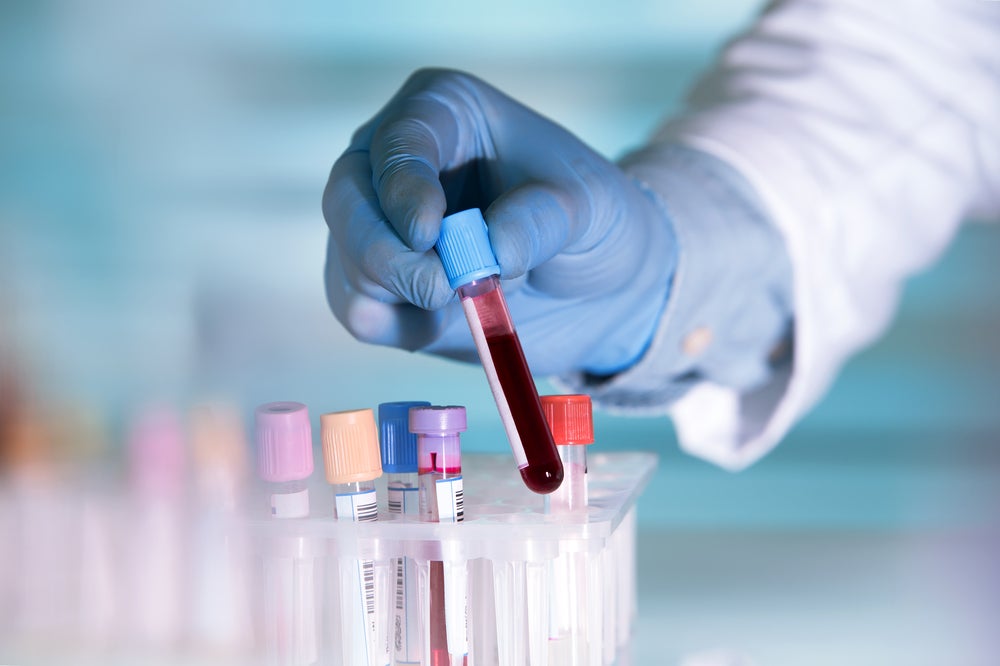
Amid the ongoing Covid-19 crisis, there has perhaps never been greater public interest in the finer details of pharma research and clinical development. Anxious citizens around the world have kept up with the regulatory travails of promising treatments, from dexamethasone to remdesivir, as well as high-profile clinical trials such as the UK’s wide-ranging RECOVERY study.
Now, with the better part of a year having passed since the emergence of the SARS-CoV-2 virus, global attention has shifted to the new crop of vaccines in development by the pharma and biotech industries, as the likes of Moderna, AstraZeneca and Pfizer compete for pole position in the race to produce the first approved vaccine for this novel coronavirus.
The urgent need for vaccines to control the pandemic is clear – and currently being reiterated by a wave of new cases through the second half of the year – and this need has driven the astonishing speed at which vaccines are being developed and tested, with the most advanced programmes speeding into critical Phase III trials in a fraction of the time it would usually take.
“Once we got the sequence, we pulled the trigger to ask how fast we could go,” US Vaccine Research Center deputy director Barney Graham told Stat News in July. “And because it was a coronavirus, we could get into a Phase III trial in six months instead of two years.”
As a cornerstone of randomised controlled trials (RCTs), Phase III is a vital milestone for developers to prove beyond doubt the efficacy and safety of their vaccine candidates.
How well do you really know your competitors?
Access the most comprehensive Company Profiles on the market, powered by GlobalData. Save hours of research. Gain competitive edge.

Thank you!
Your download email will arrive shortly
Not ready to buy yet? Download a free sample
We are confident about the unique quality of our Company Profiles. However, we want you to make the most beneficial decision for your business, so we offer a free sample that you can download by submitting the below form
By GlobalDataThis is all the more true because of the impatience with which the world is waiting for a prophylactic saviour, encouraged by the extravagant – and profoundly dubious – promises from US President Donald Trump that an approved vaccine would emerge before the end of 2020, despite all evidence to the contrary. In this context, Phase III RCTs represent the best option to ensure sufficient safety and efficacy of any SARS-CoV-2 vaccine that makes it to clinics.
This was acknowledged by the world’s key vaccine developers in an open letter in September, which pledged, among other things, to “only submit for approval or emergency use authorisation after demonstrating safety and efficacy through a Phase III clinical study that is designed and conducted to meet requirements of expert regulatory authorities such as FDA [US Food and Drug Administration]”.
In July, international regulators announced that they had aligned their positions on the key Phase III trial requirements for Covid-19 vaccines.
With this in mind, we answer some of the key broader questions around Phase III trials, their role in clinical development and ways to improve late-stage studies in the future.
What are the origins of Phase III?
The origins of the Phase III trial are connected to the earliest days of RCTs, which use both randomisation of allocation (preferably alongside double-blinding) and a control group (receiving a placebo or standard of care) against which to measure a treatment’s efficacy.
The shift towards RCTs in clinical development began in the late 1940s, with a UK study of streptomycin in the treatment of tuberculosis widely credited for establishing the benefits of randomised, controlled studies.
Before this, clinical trials were less common, and formed only part of the evaluation system for new medicines, with other measures including case reports, testimonials and public demonstrations.
The rise of RCTs in the second half of the 20th century reflects the push towards evidence-based research that addressed the fundamental issue of bias in drug evaluation.
By 1970 – spurred by the thalidomide disaster of the late 50s and early 60s – the US FDA started requiring RCTs for the approval of all new medicines, with other major regulators following closely behind, giving rise to the Phase III trial – the most rigorous clinical iteration of the RCT model and the ultimate pre-approval test of a drug’s efficacy.
What are the key characteristics of Phase III?
As the final obstacle before a potential regulatory approval, Phase III trials measure the safety and efficacy of a drug in the largest achievable group of patients. First-in-human (Phase 0) trials study the pharmacokinetic effects of a tiny dose of a drug in ten to 15 people, while Phase I trials determine optimal dosage in a group perhaps double that size.
Patient numbers generally increase again in Phase II trials, which primarily assess safety but also determine whether a treatment is efficacious enough to progress to Phase III. Phase II trials rarely evaluate a drug candidate against a control group.
Phase III trials usually involve 100 patients or more, but depending on the indication, may take in thousands – enough to give fair confidence that the sample size is indicative of how the treatment will perform in the patient population more broadly.
The key in Phase III (and RCTs generally) is to minimise the potential for bias, using randomised allocation of the drug and measuring against a standard-of-care control group. Multi-arm Phase III trials can measure multiple treatments or dosage regimes against the same control group.
Phase III trials are also defined by their ongoing monitoring of participants over long periods of time, increasing the chance that unexpected adverse events are identified and measuring efficacy against defined endpoints over long periods of time. Typical Phase III trials may take up to four years to complete.
What are the drawbacks and risks of Phase III studies?
While Phase III trials are the established standard for pre-approval RCTs evaluating drug safety and efficacy, they do have their own drawbacks and complications.
For starters, they’re not well suited to all fields of medicine – in surgery, for example, the unique pathologies of each patient, as well as variables such as surgeon skill, post-operative care and varying conditions in the operating theatre mean that new surgical procedures are often launched without a solid evidence base from RCTs.
And even for pharmaceutical products, the costs and risks involved with Phase III trials can be prohibitively high. US industry group the Pharmaceutical Research and Manufacturers of America estimated the cost of Phase III trials at $42,000 per patient in 2013, rising to nearly $90,000 per patient for the most complex, multi-site trials with high patient numbers.
Factoring in the additional cost of failed trials and the investment required to reach Phase III in the first place, it’s easy to see why the price tags for newly-launched drugs – a point of bitter contention in many countries – is often so high.
And the immense investment doesn’t in any way guarantee a return – data collected by a 2016 Harvard Medical School review showed that 54% of Phase III trials for novel therapeutics between 1998 and 2008 failed, with 57% of those failures related to not hitting efficacy endpoints. Approximately 17% of the failed Phase III trials were down to safety concerns, showing that adverse event data, as well as efficacy, can be incredibly difficult to translate from Phase II into pivotal late-stage trials.
Moreover, 22% failed due to commercial reasons, because of funding issues or failing to demonstrate economic value over existing treatments. Late-stage trials are a vital safety net for patients, but the high technical and financial burden for trial sponsors represents a clinical risk in itself.
Will Phase III remain the gold standard for approvals?
With public safety at the top of the pharma R&D agenda, the Phase III trial isn’t likely to lose its spot as the gold standard for pre-approval drug evaluation anytime soon. But that doesn’t mean regulators and researchers haven’t been working to mitigate the drawbacks and risks of late-stage trials for the benefit of patients.
The cost and duration of Phase III trials aren’t any more popular with patients than they are with sponsors, especially in under-served disease areas with a high level of unmet need.
This drive to accelerate clinical development has long been acknowledged by regulators, and they are increasingly building flexibility into the approvals process, particularly for orphan indications and other areas of urgent need.
The FDA runs the Fast Track, Breakthrough Therapy and Priority Review designations to support much-needed novel therapeutics and expedite their review, while the Accelerated Approval pathway allows surrogate endpoints – markers that predict clinic benefit, but don’t provide a measure of that benefit in themselves – for faster approval.
Similar programmes, such as the European Medicines Agency’s PRIME and Accelerated Assessment, and the UK’s Accelerated Access Review, have been springing up around the world.
Innovative trial designs have also been shown to reduce late-stage trial risk and weed out inadequate drug candidates more quickly, from combined Phase II/III trials that allow research questions to be answered more quickly to adaptive designs that give flexibility to modify a trial’s course based on incoming data.
Artificial intelligence and advanced data analytics also hold huge promise for accelerating pharma research, having clear applications in areas including enrolment, trial design, process automation and data insights.







